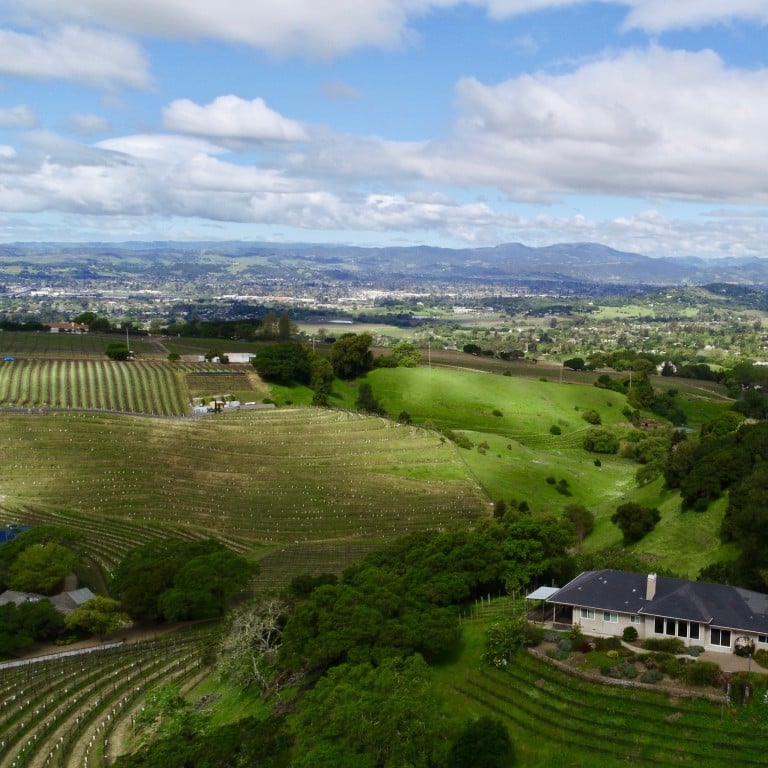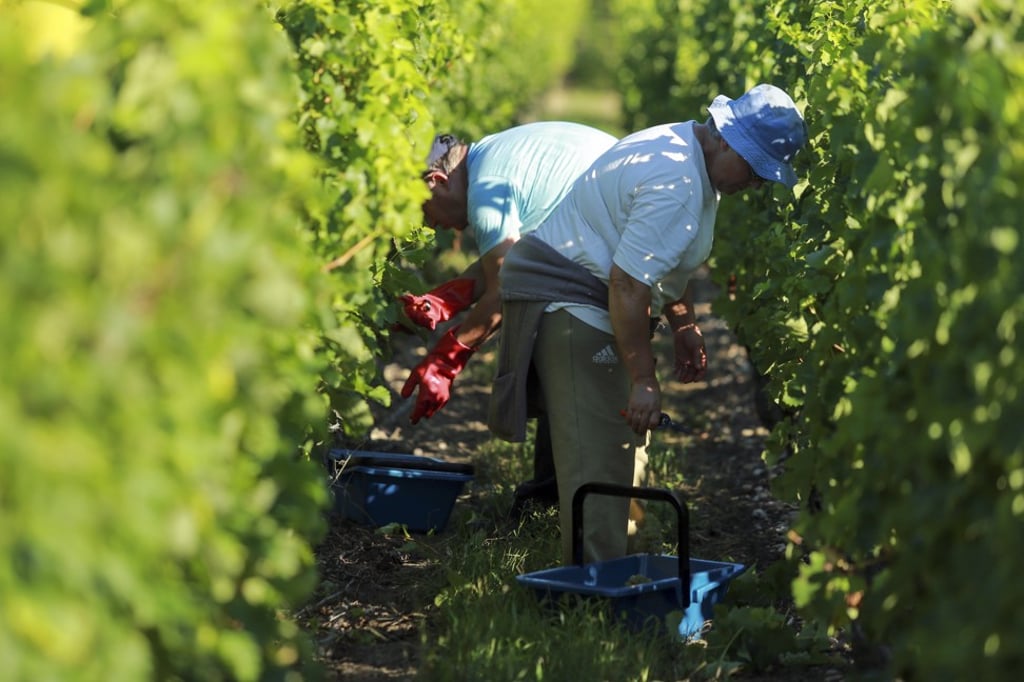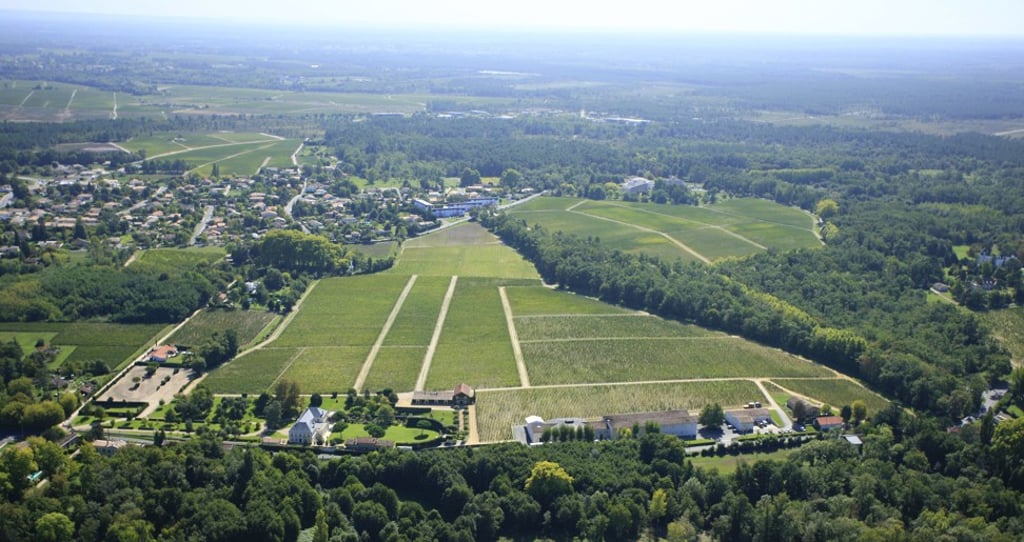Why are China’s super-rich excited about buying up vineyards in France?

The word on the grapevine is that Chinese and Hong Kong investors see vineyards in France’s prime growing regions, especially Bordeaux, as an ideal way to diversify property portfolios
Floods, droughts and freak weather of all sorts: who would take on farming in this time of climate change, even though the world needs it?
Despite the challenges that Mother Nature throws up, compounded by global economic uncertainty, viticulture is a booming business. And for Chinese property investors seeking to diversify their portfolios around the world, vineyards remain high on their list.
France has for years been a hotspot, and according to Vineyards-Bordeaux, an investment advisory specialist, Chinese investors have bought about 175 Bordeaux wine estates since 2010.

The Bordeaux and Entre-Deux-Mers-based business, which has a dedicated China desk, is an affiliate of Christie’s International Real Estate. It has helped broker high-profile transactions such as Hong Kong company Profitsun’s 2017 purchase of Château Fauchey, a 15th-century Bordeaux estate; Château du Mylord, bought in 2013 by Hong Kong’s Edwin Cheung; and in March this year, Château de Cadillac-en-Fronsada, to a Chinese buyer named Chen, an Asian technology, media and telecom (TMT) investor.
Michael Baynes, Vineyards-Bordeaux co-founder, says a Chinese investor’s purchase of Château de Viaud in Lalande-de-Pomerol almost a decade ago was “the turning point of the Bordeaux vineyard market”.
“It came at a time when vineyard prices per hectare had been plummeting – partly as a result of the powerful New World wines with their competitive pricing, approachable taste and outstanding marketing practices,” he says.
The Chinese arrival happened to coincide with the Bordeaux 2009 vintage being highly acclaimed by international wine media.
According to government statistics, about 25 to 35 chateaux vineyards change hands each year and Vineyards-Bordeaux says it typically handles about 30 to 40 per cent of these, ranging in price from about €1 million (HK$8.7 million) up to tens of millions.

Baynes estimates that since 2010 his team has been involved in about 15 transactions to mainland Chinese or Hong Kong-based investors. He has observed that they fall into three investor types: “those already in the alcohol or hospitality business seeking to control their product supply; those who recognise that China represents a vast new market for wine demand; and finally, those that love wine and its lifestyle and wish to diversify into Euro-backed assets”.
Currently, Baynes says, demand from Asia “continues to be a consistent buy-side feature”, although there is less speculation in the market. He sees mainland Chinese and Hong Kong investors as “now behaving much the same as other investor groups from other countries: more stable and, in the last few months, starting to appear on the sell side as well as the buy side”.
“Bordeaux has been making wine for more than 2,000 years,” Baynes says. “The region has welcomed investors and wine lovers for many centuries, and I am sure it will continue for many centuries to come. I have no doubt that China will have a major part to play in its future.”